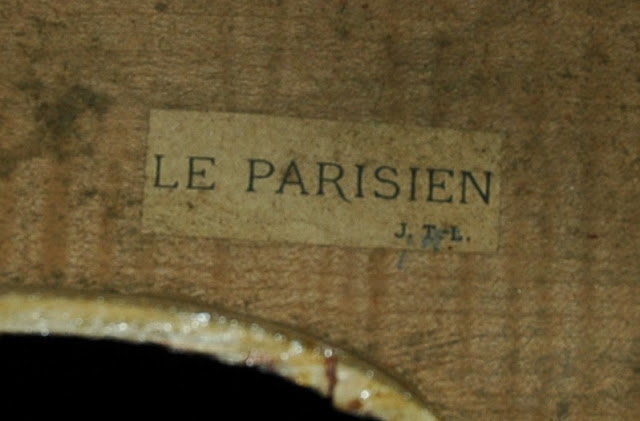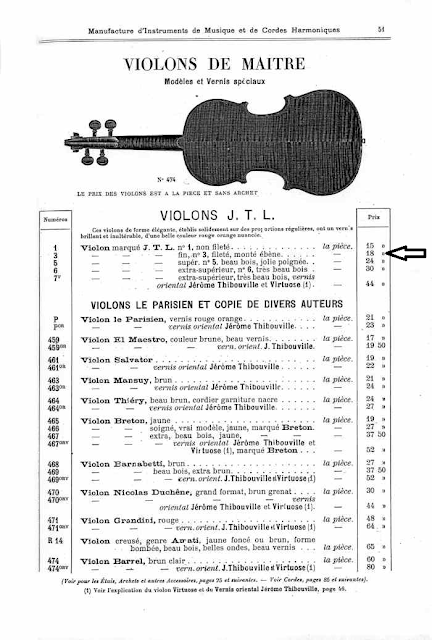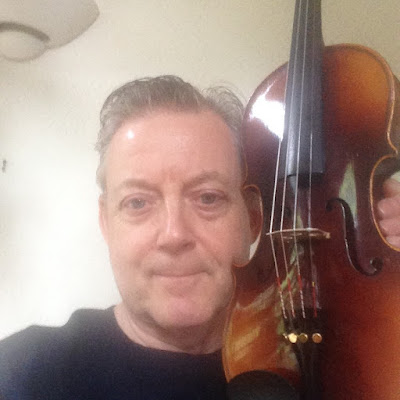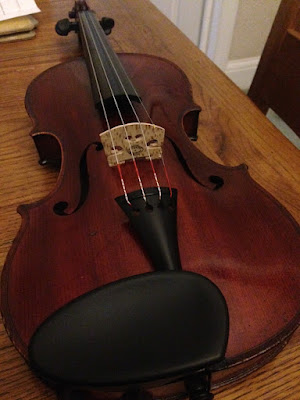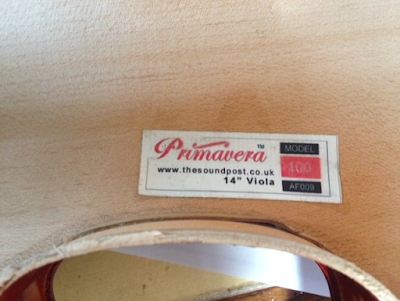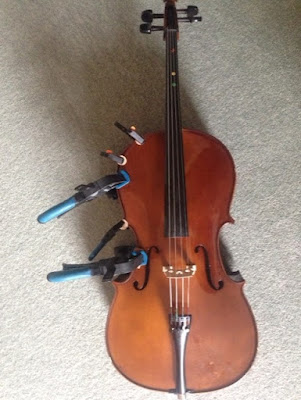The University of Southampton Violin

Eleena Sutton (Grade 6 ABRSM student) playing the University of Southampton 1931 violin in 2024 The Douglas Clitheroe (1931) University of Southampton violin is now restored and re-voiced. Initially, I thought the high arch of the violin table and corresponding steep angle of the fingerboard, which necessitated an unusually high bridge, required me to engage in the removal of a lot of wood from the new bridge that I cut from a blank and necessitated making it with enlarged kidneys and heart. My thinking was that the amount of wood in the bridge, pre-bridge surgery, would severely mute the sound of the violin. Knowing how much bridge wood to remove, where to remove it and when to stop removing it is a counter intuitive and also intuitively informed art informed by scientific trial and error experience. This work is done incrementally on the instrument using tiny wood files. The original bridge that came with the violin was tall also and had been thinned to a greater degree than st...
